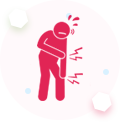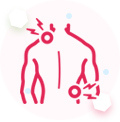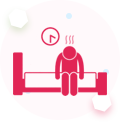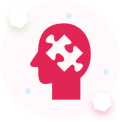ADHD
We are here to help when you need us.

ADHD (Attention-Deficit/Hyperactivity Disorder) is a neurodevelopmental condition that affects a person's ability to focus, control impulses, and regulate activity levels. It’s commonly diagnosed in childhood, but it can continue into adolescence and adulthood.
There are three main types of ADHD, based on which symptoms are most prominent:
ADHD, Inattentive Type:
- - Difficulty paying attention to details or staying focused on tasks..
- - Trouble organizing tasks or following through with instructions.
- - Frequently losing items or being forgetful in daily activities.
- - May appear to be daydreaming or not listening during conversations.
ADHD, Hyperactive-Impulsive Type:
- - Difficulty sitting still, feeling restless, or fidgeting.
- - Impulsive actions like interrupting others or making decisions without thinking.
- - Trouble waiting for a turn or staying quiet when needed.
- - Excessive talking or engaging in high-energy activities.
ADHD, Combined Type:
A combination of both inattentive and hyperactive-impulsive symptoms.
ADHD is often diagnosed through behavioral assessments, interviews, and sometimes rating scales completed by parents, teachers, or others who interact with the person regularly. Treatment typically includes behavioral therapy, educational support, and sometimes medication, like stimulants (e.g., Adderall, Ritalin) or non-stimulants (e.g., Strattera).
ADHD can overlap with learning disabilities, so people with ADHD may also struggle in school, even if they have average or above-average intelligence.







